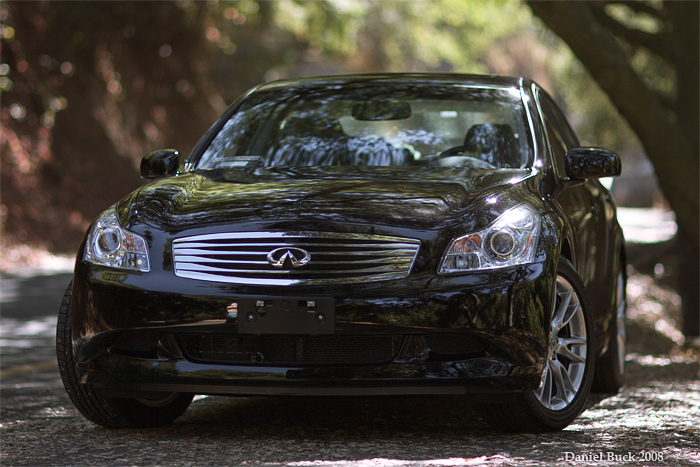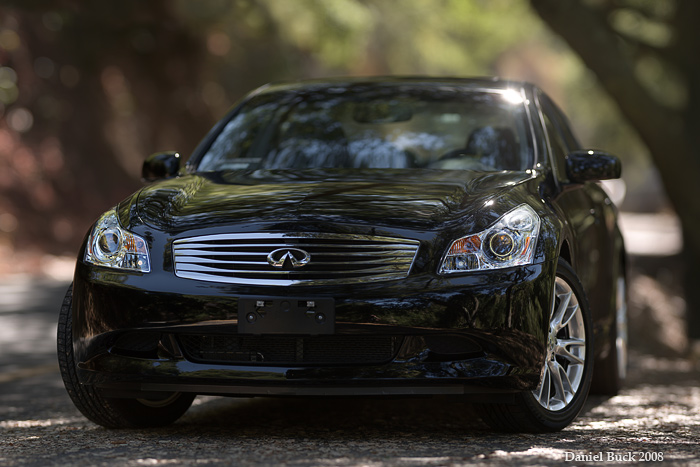I've been stitching for about 6 years now, both at home and at work. I stitch for 1 of 3 reasons (in no particular order).
1. More resolution. I don't don't stitch for this reason very often anymore, since my now 1Ds2 now has enough resolution to print what I need. For this, I usually use whatever tripod head i have with me. This can obviously be done with any camera.
2. Thinner DOF. Stand as far away as you need to, to get your desired perspective with whatever lens you like the framing of, then pick out a longer lens (preferably f2.8 or faster, and twice the focal length, or more, more the better) then shoot a grid of images wide open, and you'll get much thinner DOF, has somewhat of a large format feel. For this goal, it works pretty good, though heavily out of focus areas need to be blended/stitched by hand. For this, I usually use a regular 3-way head. This is best done with a camera/lens that has a fast aperture, smaller dig-cams would probably not work very well for this, their effect would be similar, but not as pronounced because they (usually?) have smaller chips, and slower apertures at longer (effective) focal lengths.
3. 360 (or 180) panorama HDR environment maps (no, not tone-maps), I do this at work when we need to place a CG object into live footage, ahving the 360 degree map for lighting data and reflections is the goal. For this I'll usually use a panorama head, whatever I can get my hands on. Although with my 1Ds2, alot of panorama setups are just not strong enough to hold the camera steady, and lighter/smaller cameras aren't fast enough (well, maybe now they are) or have enough bracketing capability to replace the 1Ds2 for this task. A 180 degree fisheye is used when high resolution is not needed (it's faster!) an 18mm is used when high resolution is needed, and if super high resolution is need, then something along 35mm would be used, but very data intensive (3 to 7 exposures for each 'section' of the panorama, when needed)
Since my #2 reason is not a very common (or known) reason for stitching, I'll post an example.
Here's a shot with an 85mm f1.2 lens (at f1.2), followed by a stitched grid with a 300mm f2.8 lens (at f2.8) taken from the same position without moving the tripod back. Even though the original lens is an f1.2, the stitched 300mm at f2.8 yields a thinner DOF. The result is even more dramatic when your starting lens is a slower lens, the 85/1.2 is already a very fast lens. THe differences are even more noticeable in larger versions/prints. As you can see, no change in perspective (since they were taken from the same tripod position) but the DOF is thinner (and an added bonus of having more resolution)
85/1.2
300/2.8 stitched






